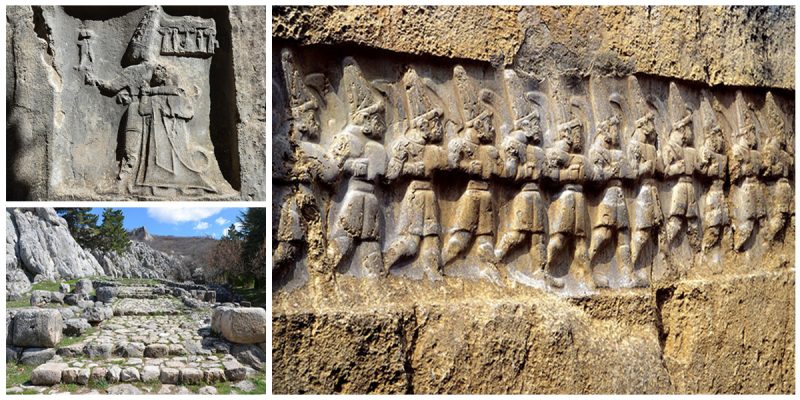Yazılıkaya (Turkish-inscribed rock) was a holy site for the Hittites, located about 1.5 km northeast of the city of Hattusa, Turkey. There are many rock reliefs in other Hittite sites, but none as large and as impressive as the galleries of gods at Yazilikaya.
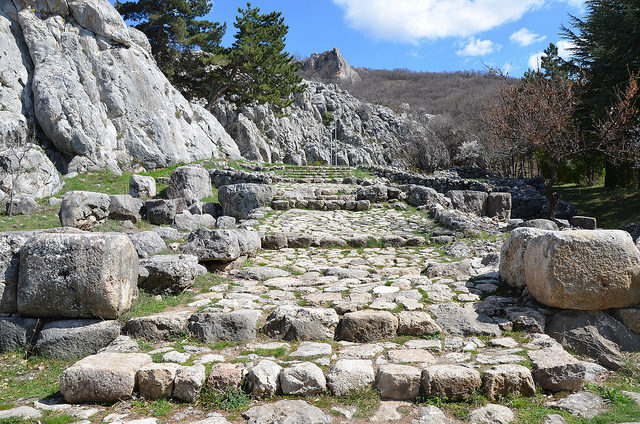
It was one of the most striking religious shrines of the Hittite Empire (1400-1200 BC) and many gods and goddesses were worshiped there during this time.
It consists of two open-air chambers surrounded by natural rock formations, and access to the roofless chambers was controlled by a gateway and building structures built right in front of them. However, only the foundations of those structures survived today which reflects the characteristics of the Hittite architecture.
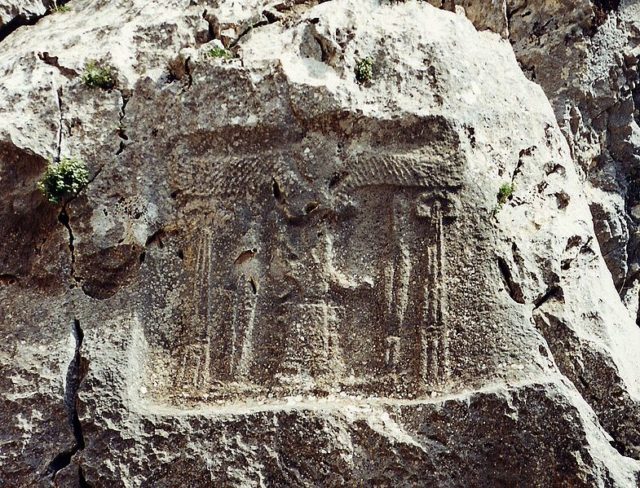
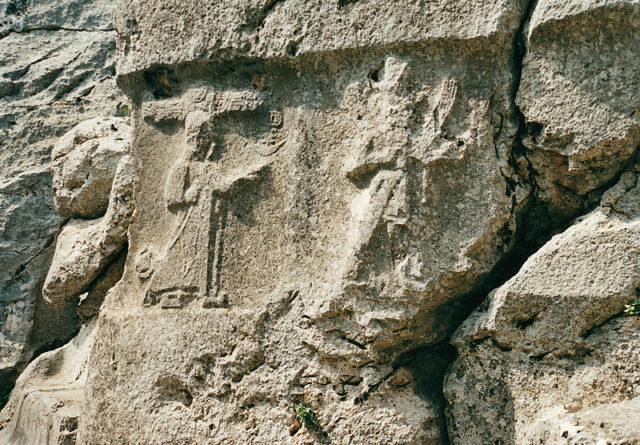
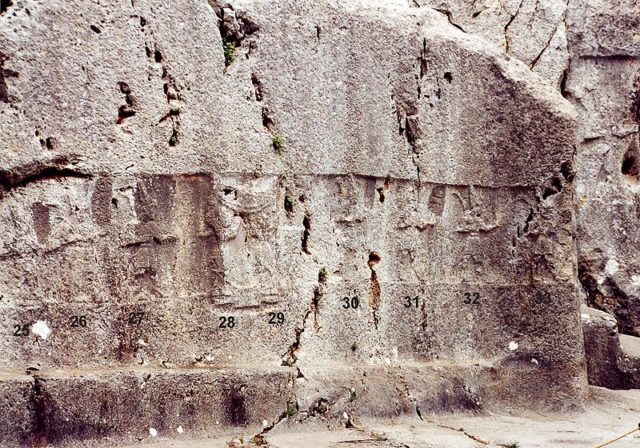
It has two chambers (Chamber A and Chamber B), and its vault was originally supported by two pillars, which are now destroyed. The most impressive is Chamber A, which contains rock-cut relief of 64 deities in procession.
The left wall shows a procession of male deities with pointed hats, short garments belted at the waist, shoes with upturned points and earrings. Most of them carry a curved sword or a mace. The left wall shows a procession of male deities, wearing the traditional kilts, pointed shoes, and horned hats.
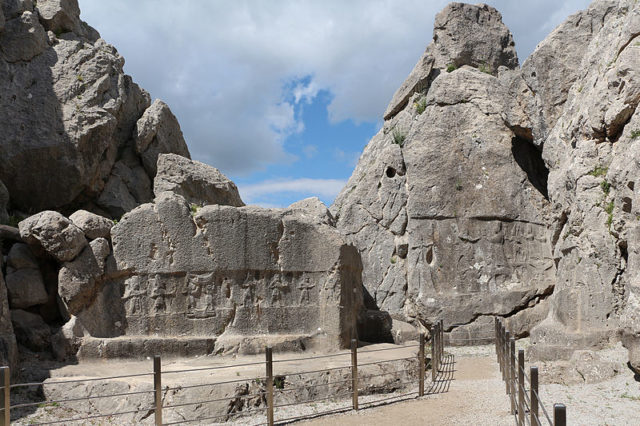
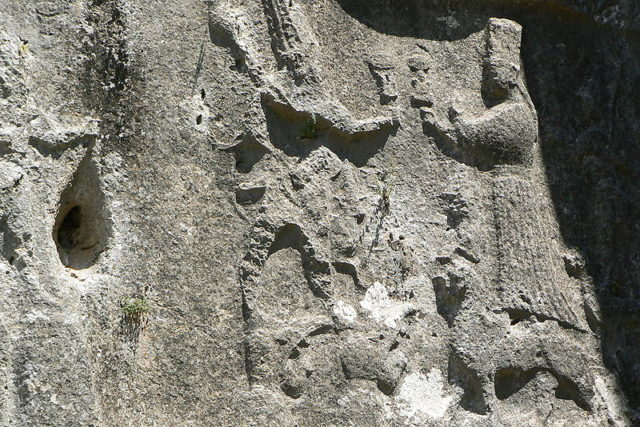
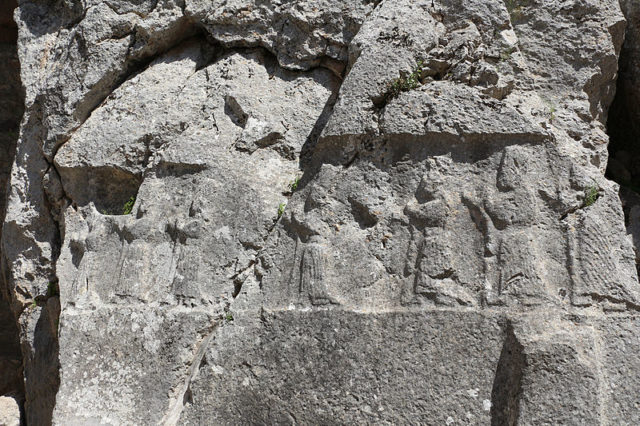
The smaller and narrower Chamber B (unexcavated until the mid 19th century) has fewer but larger and better-preserved reliefs. It is protected by a winged, lion-headed and human bodied genie placed on both sides of the entrance. There are twelve gods of the underworld proceeding towards the right on the west wall.
The relief of the King Tuthalia IV is on the eastern wall and it is the largest relief of the gallery. It is assumed that this Great King was responsible for the final arrangements of the Yazılıkaya sanctuary around the middle of the 13th century BC.
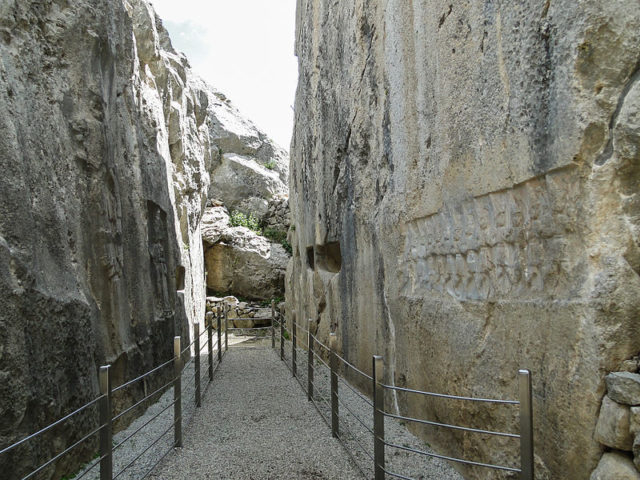
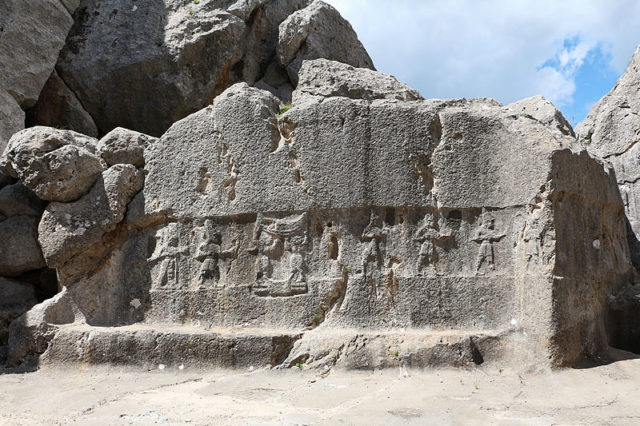
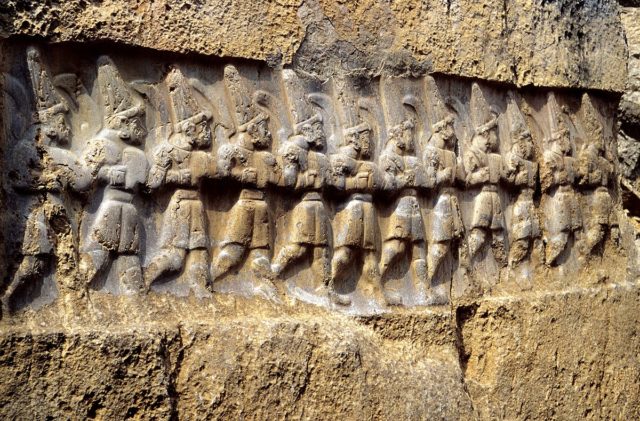
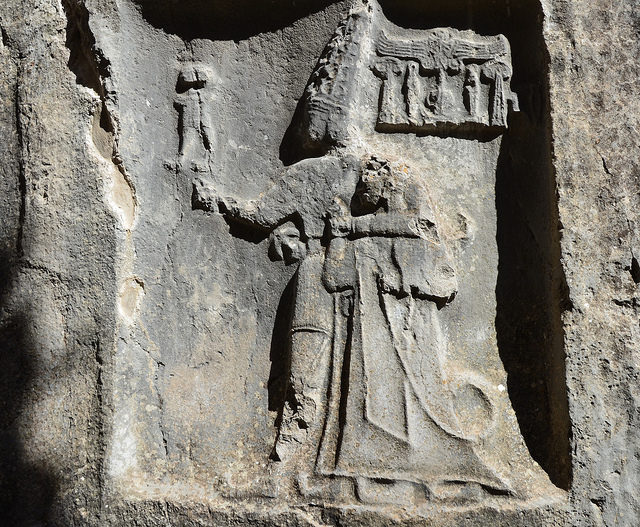
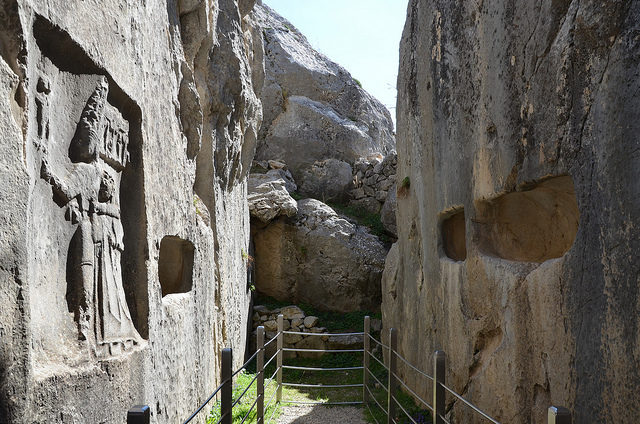
It was in use at least since late 16th century BCE, but most of the rock carvings date to the reign of the Hittite kings Tudhaliya IV and Suppiluliuma II in the late 13th century BCE when the site underwent a significant restoration.
It remains a vital historical moment at the height of Hittite civilization.
